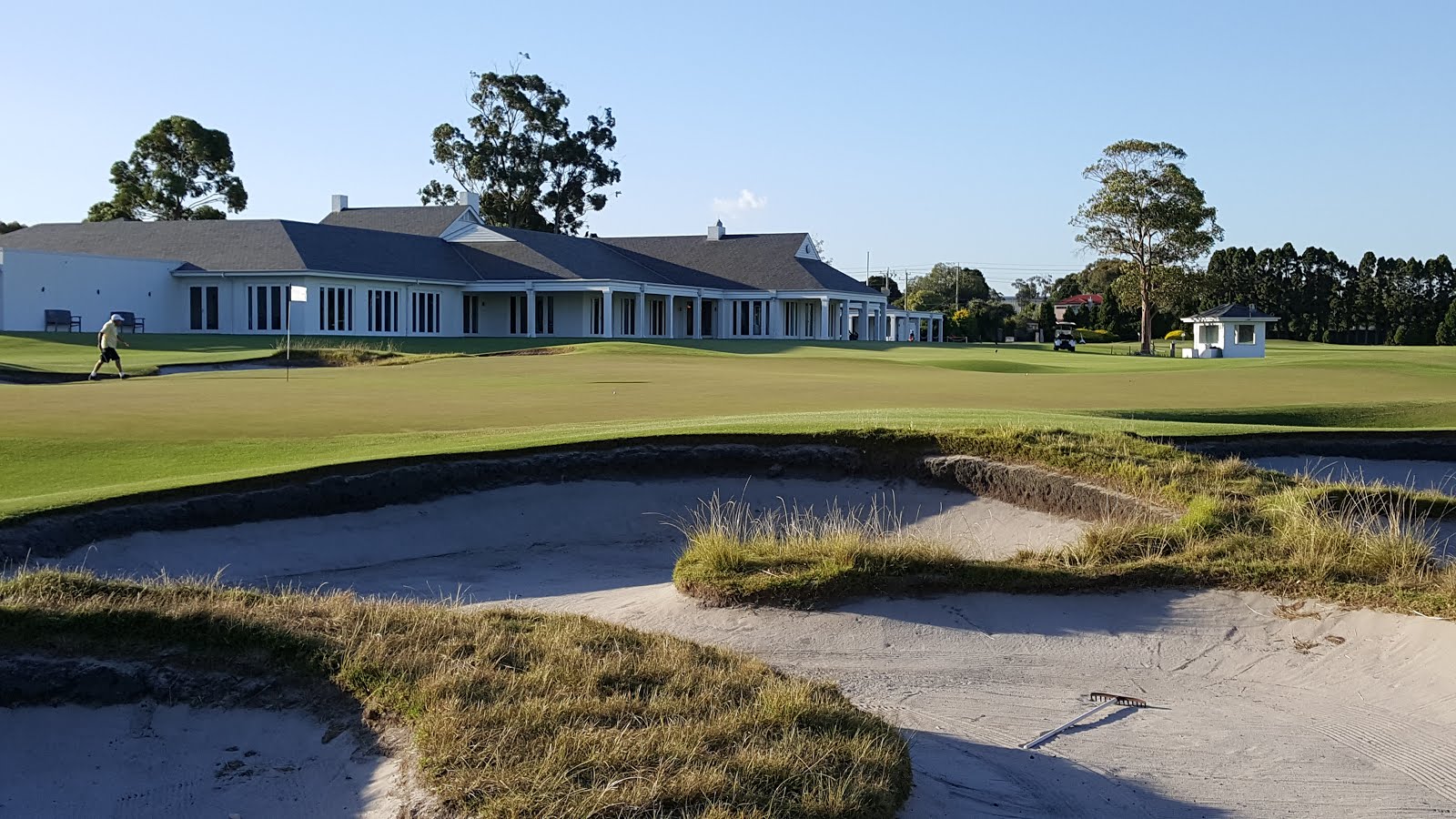 In my last post, I was somewhat harsh toward CBS analysts Ian Baker-Finch and David Feherty for not understanding the term "Dormie". As a result, I had some who asked about the derivation of the term. Here's what I discovered - and maybe some of my criticism wasn't completely warranted.....
In my last post, I was somewhat harsh toward CBS analysts Ian Baker-Finch and David Feherty for not understanding the term "Dormie". As a result, I had some who asked about the derivation of the term. Here's what I discovered - and maybe some of my criticism wasn't completely warranted.....According to About.com: Golf, "Dormie comes from the word 'dormir,' which shares a French and Latin origin. 'Dormir' means 'to sleep.' 'Dormie' means that a player has reached a match-play lead that is insurmountable - and so the player can relax, knowing that he cannot lose the match. 'Dormir' (to sleep) turns into 'dormie' (relax, you can't lose)." It goes on to say, "At least, that's what the USGA Museum says." The definition as it applies to golf is that the player is as many "up" as there are holes left to be played.
Baker-Finch made the comment that since each match was to be played until a winner was determined (such as the Casey-Villegas match), dormie wasn't applicable. His point being that there would not necessarily be a set number of holes left to be played. Or, applying the historical derivation, the player would never be able to relax as he could lose in extra holes.
Also, in fairness to Ian and David, I also must be critical of the announcers on the PGA TOUR NETWORK on XM Radio (#146). While I truly enjoy listening to their broadcasts while in my truck, I cannot tell you how many times during their coverage of the Accenture World Match Play Championship I heard them refer to a ball that went over the green as the ball went "through the green". And, this is not limited to just them, many people who cover golf have made the same mistake.
Unfortunately, this creates confusion in the average golfer. As a result, when that golfer attempts to proceed under the Rules, he may do so incorrectly since (believing the information he heard on the radio or TV to be correct) he doesn't understand the Language of Golf - the Definitions. It is imperative that anyone closely related to golf, whether they be an announcer, tournament player, or simply passionate about golf, know the Definitions within the Rules. After all, Rule 6-1 tells us that "the player and his caddie are responsible for knowing the Rules." Yet, how can one reasonably expect to be able to follow the Rules if he doesn't understand completely the language in which the Rules are written?
So, what exactly does the term "through the green" mean? It is the whole area of the course except: (a) the Teeing Ground and Putting Green of the hole being played; and (b) all hazards on the course. By the way, these four are the only parts of a golf course.
Until next time-
Doug




